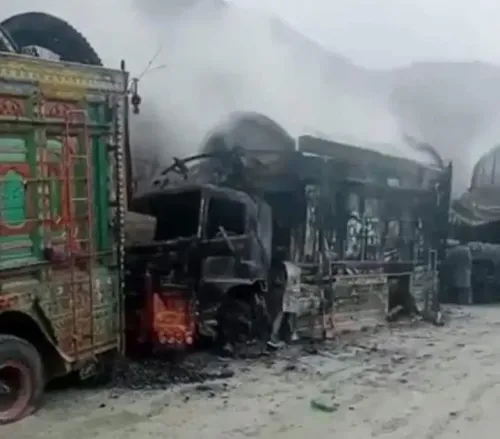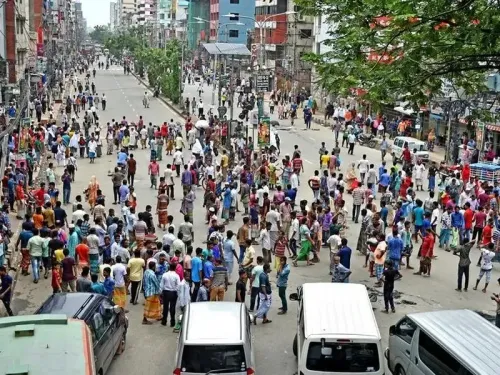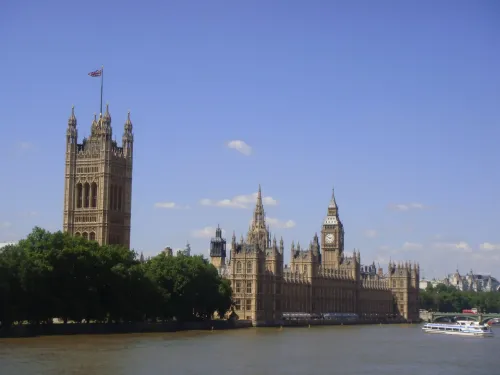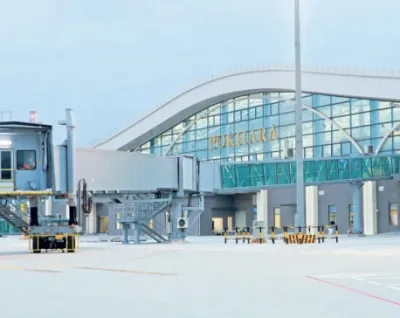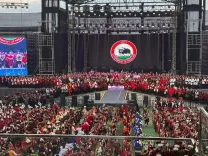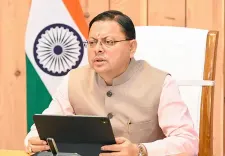Which 12 Nations Are Set to Receive US Tariff Letters on Monday?

Synopsis
Key Takeaways
- Trump has signed tariff letters for 12 countries.
- Letters will be dispatched on July 7.
- Potential tariffs may reach 70%.
- India aims to secure an exemption from tariffs.
- Negotiations continue over sensitive agricultural trade issues.
New Delhi/Washington, July 5 (NationPress) US President Donald Trump has authorized tariff letters concerning exports from 12 countries, which are slated for dispatch on July 7 (Monday).
While addressing the media aboard Air Force One, the US President indicated that the identities of the nations receiving these letters would only be disclosed on Monday.
"I have signed several letters, and they will be sent out on Monday, likely 12 in total. The tariffs will vary in amounts," he informed reporters.
Trump noted, "The letters are more efficient. It’s definitely simpler to send a letter," he remarked.
The President hinted that the retaliatory tariffs might escalate even further, possibly reaching as high as 70 percent for certain countries, to be enacted from August 1.
In April, the US unveiled an initial tariff of 10 percent on a majority of goods entering the nation, alongside elevated rates for specific countries, notably China. Those increased tariffs were subsequently postponed until July 9.
Washington has finalized trade agreements with two nations - the United Kingdom and Vietnam.
In a related development, a high-ranking delegation from India, led by chief negotiator Rajesh Agrawal, returned from Washington without securing a conclusive agreement with US officials on the contentious matter of trade in agricultural and dairy products that the US is advocating for.
Nevertheless, there remains a faint possibility that an interim bilateral trade agreement could be established at the highest political level between the two countries prior to the July 9 deadline.
The Indian delegation was in Washington for negotiations on an interim trade agreement with the US from June 26 to July 2.
According to Commerce Minister Piyush Goyal, India will not rush into signing a free trade agreement due to external pressure from any impending deadline.
While attending an event in the national capital, Minister Goyal emphasized that India is open to forming trade deals in its national interest but asserted that it "never negotiates trade agreements with a deadline."
The US is pursuing broader market access for its agricultural and dairy products, which poses a significant challenge, as this issue is a critical livelihood matter for India's small farmers, making it a sensitive topic.
While India aims to achieve an exemption from President Trump's 26 percent tariffs by finalizing an interim deal before July 9, it is also advocating for substantial tariff concessions for its labor-intensive exports like textiles, leather, and footwear.


